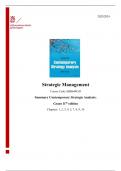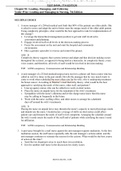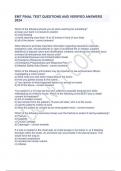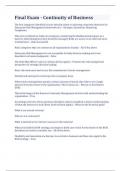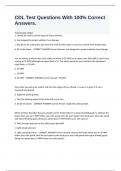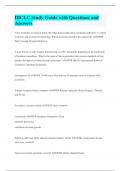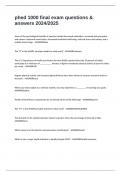Samenvatting
Summary Contemporary Strategy Analysis - Strategic Management B&M (EBB649C05)
- Instelling
- Rijksuniversiteit Groningen (RuG)
This summary includes the most important topics from chapters 1, 2, 3, 4, 5, 7, 8, 9, and 10 of the book. It helped me understand the lectures better and gain insight into Grant's views. I managed to pass the course with ease by following the lectures, attending tutorials, and reading this summary ...
[Meer zien]
